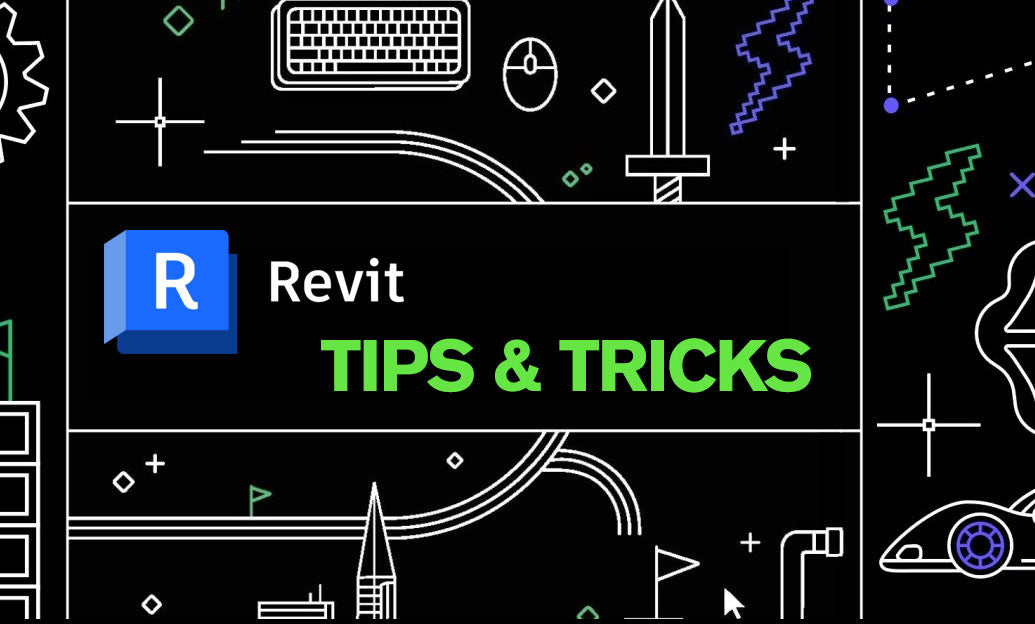Your Cart is Empty
Customer Testimonials
-
"Great customer service. The folks at Novedge were super helpful in navigating a somewhat complicated order including software upgrades and serial numbers in various stages of inactivity. They were friendly and helpful throughout the process.."
Ruben Ruckmark
"Quick & very helpful. We have been using Novedge for years and are very happy with their quick service when we need to make a purchase and excellent support resolving any issues."
Will Woodson
"Scott is the best. He reminds me about subscriptions dates, guides me in the correct direction for updates. He always responds promptly to me. He is literally the reason I continue to work with Novedge and will do so in the future."
Edward Mchugh
"Calvin Lok is “the man”. After my purchase of Sketchup 2021, he called me and provided step-by-step instructions to ease me through difficulties I was having with the setup of my new software."
Mike Borzage
Impact of 5G on Real-Time Design Collaboration: Transforming Design Workflows with Speed, Low Latency, and High Bandwidth
August 19, 2024 4 min read


Introduction to 5G Technology and Design Collaboration
**Overview of 5G Technology**
5G technology represents the fifth generation of mobile networks, offering significant advancements compared to its predecessors. Chief among its features are dramatically increased data transfer speeds, ultra-low latency, enhanced connectivity, and greater capacity for high-density environments. Unlike 4G, which laid the groundwork for mobile internet, 5G is designed to support a broad spectrum of use cases, from autonomous vehicles to smart cities. This leap forward enables real-time data processing and seamless communication among multiple devices, catering to the escalating demands of our increasingly connected world.
**Importance of Real-Time Collaboration in Design**
Real-time collaboration in design is crucial for accelerating innovation and enhancing the efficiency of design workflows. Current challenges in design collaboration often stem from latency issues, bandwidth limitations, and difficulties in synchronizing large files across geographically dispersed teams. These constraints hinder productivity and slow down the feedback loop essential for refining designs. Addressing these challenges through real-time capabilities can transform design workflows by enabling instantaneous communication, immediate feedback, and seamless integration across various design stages.
Enhancing Design Software with 5G Capabilities
**Speed and Low Latency**
One of the standout benefits of 5G is its high-speed data transfer and low latency, which are pivotal for enhancing real-time design interactions. With 5G, data transfer speeds can exceed 1 Gbps, and latencies can drop to below 1 millisecond. This level of performance allows design teams to interact with complex models and simulations in real-time, without the frustrating delays experienced with older network technologies.
The impact of these improvements is profound. For instance, designers can collaboratively manipulate a 3D model in real-time, with each team member's changes reflected instantaneously. This capability not only boosts productivity but also fosters creativity and innovation by enabling dynamic and fluid design processes.
**High Bandwidth and Data Capacity**
5G's high bandwidth and data capacity are critical for handling large design files and conducting complex simulations. Traditional networks often struggle with the massive data requirements of high-resolution visuals and intricate simulations, leading to slow rendering times and limited collaborative potential. In contrast, 5G can efficiently manage these demands, allowing for the seamless sharing and manipulation of large files among multiple users.
The benefits of 5G in this context include:
- Rendering high-quality visuals in real-time
- Supporting multi-user design environments with minimal lag
- Facilitating complex simulations and analyses
These capabilities open up new possibilities for interactive design reviews, virtual prototyping, and remote testing, significantly enhancing the overall design process.
Practical Applications and Case Studies
**Collaborative Design Platforms**
Numerous design software platforms are beginning to integrate 5G capabilities, showcasing the potential for enhanced collaborative environments. In architecture, engineering, and product design, these platforms enable teams to work together in real-time, regardless of their physical locations.
Specific use cases include collaborative CAD software, where designers can co-edit complex models, and virtual reality (VR) design tools that allow multiple users to explore and interact with a design in a shared virtual space. These applications highlight the transformative power of 5G in breaking down geographical barriers and fostering more cohesive and efficient design teams.
**Remote Collaboration and Telepresence**
The impact of 5G on remote work and global design teams is particularly noteworthy. As remote work becomes increasingly prevalent, the need for robust and reliable communication tools grows. 5G enables seamless telepresence and virtual co-working spaces, allowing team members to collaborate as if they were in the same room.
The capabilities facilitated by 5G include:
- High-definition video conferencing with minimal lag
- Real-time file sharing and co-editing
- Immersive VR and augmented reality (AR) interactions
These features not only enhance productivity but also improve the quality of interactions, making remote collaboration more effective and engaging.
Future Prospects and Challenges
**Potential for Innovation in Design Tools**
The potential for innovation in design tools is immense with the advent of 5G technology. Emerging technologies such as augmented reality (AR), virtual reality (VR), and AI-driven design stand to benefit greatly from the enhanced capabilities of 5G.
Predictions for the next generation of design collaboration tools include more immersive and interactive environments, where designers can work within fully realized virtual spaces. AI-driven tools could offer real-time suggestions and optimizations, further streamlining the design process. The convergence of these technologies, powered by 5G, promises to redefine the boundaries of what is possible in design collaboration.
**Challenges and Considerations**
Despite its many advantages, the adoption of 5G is not without challenges. Technical and infrastructural barriers, such as the need for widespread 5G coverage and compatible devices, must be addressed. Additionally, there are significant security and privacy concerns associated with real-time data transmission. Ensuring secure and reliable communication channels is paramount to protecting sensitive design data and maintaining the integrity of collaborative efforts.
**Conclusion**
In conclusion, the transformative potential of 5G in real-time design collaboration is undeniable. By offering unprecedented speed, low latency, and high bandwidth, 5G enables more efficient and effective design workflows, fostering innovation and enhancing productivity. As we prepare for the future of design collaboration, it is essential to address the challenges and leverage the opportunities presented by this groundbreaking technology.
Also in Design News

ZBrush Tip: Optimizing ZBrush Models with the Curve Bridge Brush Technique
January 15, 2025 2 min read
Read More
Revit Tip: Enhance Design Precision with Revit's Radial Array Tool
January 15, 2025 2 min read
Read More
AutoCAD Tip: Mastering AutoCAD's Revolve and Sweep Tools for Advanced 3D Modeling
January 15, 2025 2 min read
Read MoreSubscribe
Sign up to get the latest on sales, new releases and more …


